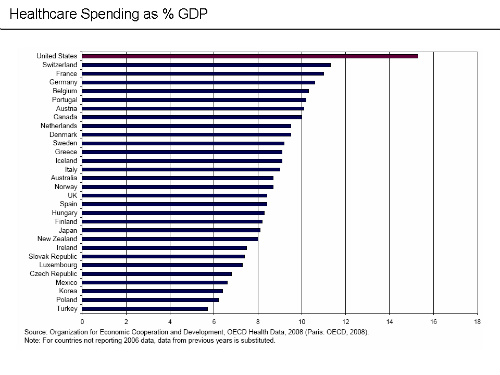- Thirty-one states and the District of Columbia have remained within the ACA.
- Healthcare enrollment in these states is significantly exceeding forecasts.
- Medicaid is the largest line item in most state budgets followed by K-12 education.
- The federal government currently reimburses 100% of the costs for new enrollees through 2016.
- Federal reimbursement will fall to 90% by 2020.
- Federal reimbursement to states for existing enrollees is just 50%.
The costs related to the Affordable Care Act (ACA) that have fallen on the states have been higher than predicted. For the 31 states and the District of Columbia that have remained within the ACA program (Figures 1 and 2), the medical bills have become one of the states’ two greatest costs. The other being education.
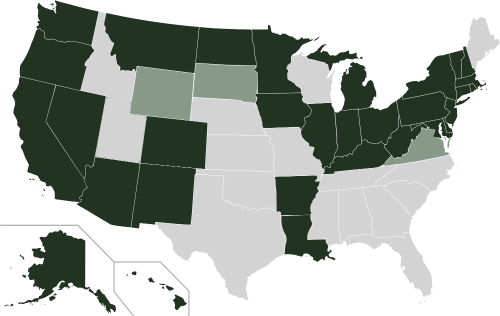
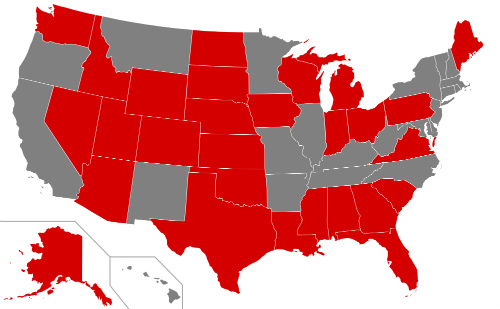
Health and education sound like things that are high on Americans’ list, but the facts keep muddying the balance sheets, according to a recent article on Nasdaq.com.
Medicaid helps provide healthcare services to more than 70 million low-income Americans, including more than 30 million children. The Affordable Care Act (ACA) was intended to expand Medicaid eligibility to any American who earns as much as 133% of the federal poverty level.
For the states that have agreed to participate in the ACA and to expand Medicaid eligibility, the federal government has agreed to reimburse 100% of the costs for new enrollees through 2016. This figure declines to 90% by year 2020 (Figure 3). A majority of states have agreed to expand Medicaid programs, while other states continue to debate the merits and costs associated with joining.
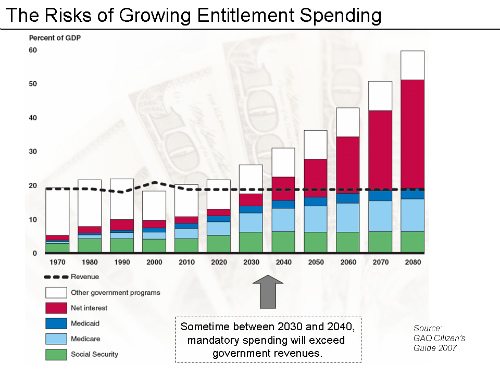
While the 100% federal reimbursement sounds like a positive, the 10% decline in reimbursement by 2020 will have a significantly negative effect on state budgets. And, importantly, the 100% reimbursement rate applies only to new enrollees. Existing participants are covered at a 50% reimbursement rate by the federal government. This leaves the states with enormous medical insurance costs. These high costs lead the states put downward pressure on healthcare providers, further complicating the lives and work of physicians.
The States Continue to Pay
To date, many states have seen significant increases in Medicaid enrollment levels that are beyond the original expectations. In many cases, this is creating dire financial consequences. For instance, in Illinois enrollment now totals approximately 541,000. This is well past the state's original estimate of 199,000 in 2014, according to the Nasdaq.com article. “The same is true in Michigan, which has seen total new Medicaid enrollment of 605,000 relative to its expectations of 323,000. Many other states have experienced similar growth trends,” Nasdaq.com states. U.S. federal spending on healthcare continues to increase (Figure 4).
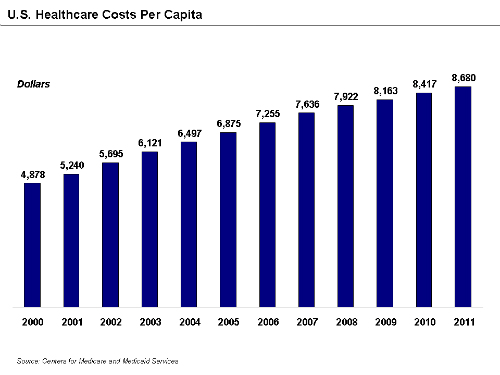
On the other hand, these numbers plainly and simply indicate a financial crisis for many states. The ACA legislation seems simply to be not holding up its end of the bargain with the states. According to a recent article in The Wall Street Journal, some states have had to increase budgets and make difficult fiscal decisions to finance this growing demographic group.
“In Ohio the expansion of the Medicaid program has resulted in cost overruns of $2.7 billion, while Washington State had to increase its 2015 budget by $2.3 billion to accommodate growing Medicaid costs. At a time when both the U.S. and global economies face challenging economic prospects, this unforeseen expenditure increase could be very problematic to select states,” according to the Nasdaq.com article.
The Weight of Healthcare
On average throughout the U.S., Medicaid spending accounts for approximately 25% of any given state budget. The next most costly line item is K-12 education funding. To counter the declining federal reimbursement levels, states have looked for ways to control healthcare costs and many have chosen to go with health maintenance organizations (HMOs). While the increasing numbers of health insured Americans may lead to lower health bills for the states, there is no guarantee of this and it does not answer short-term budget troubles. The U.S. spends more on healthcare than any other country in the world (Figure 6.)
